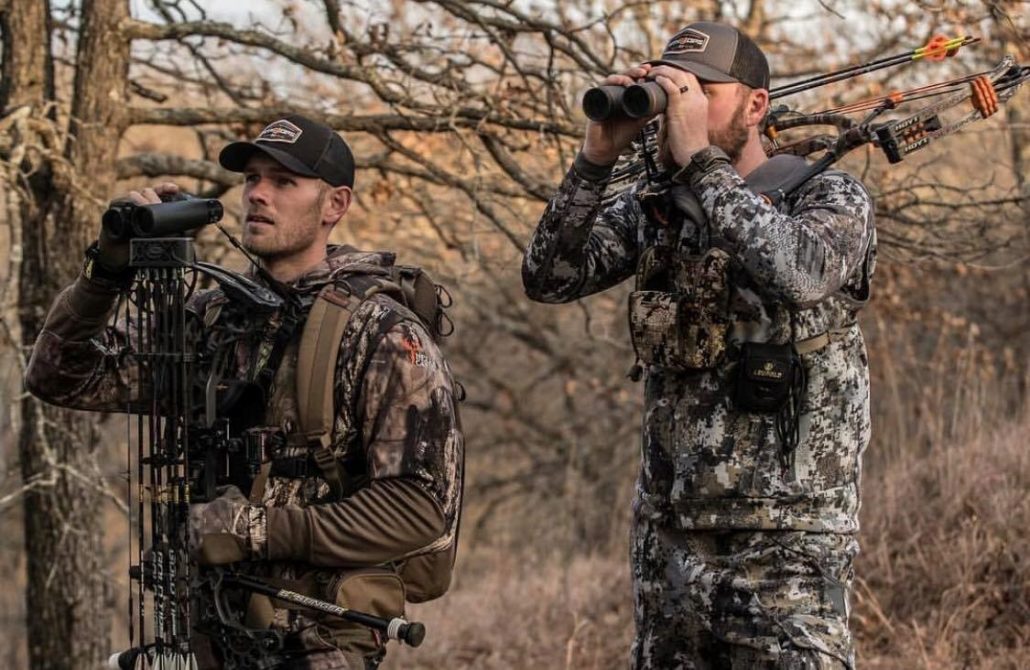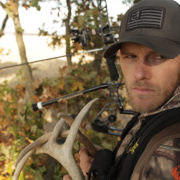Bow Hunting Tactics | Aggressive Whitetail Hunting
I love the entire whitetail hunting process. From sitting in the deer stand to the never-ending battle searching for that mature buck, whitetail hunting has been at the forefront of my archery career. This passion has led me on hunts from Ohio to Oklahoma, Pennsylvania to Kansas, and throughout the whitetail’s range. However, this type of fast-paced hunting doesn’t come without its challenges. Participating in this type of “run and gun” style hunting in several states requires a special type of aggression. When I show up to a new property or hunting lease, it often means I only have seven days to hunt. That’s only seven days to scout, plan, and execute a strategy. That doesn’t leave time for error. That is why I have to get aggressive with my bow hunting tactics.
Aggressive Tactics V.S. Season Long Tactics
The tactics for a quick hunt differs significantly from year-long investments you might make on your personal hunting property. With these quick hunts, you don’t have time to sit back and plan over the course of the off-season. You can’t be patient to the point of planning for weeks and wait for the right conditions to go hunt a particular buck. This means making mistakes is quite easy but disastrous once they are made. Being aggressive is important, but being too aggressive can push a deer off of the property. This deer may not return for weeks, a sudden end to a limited hunt.
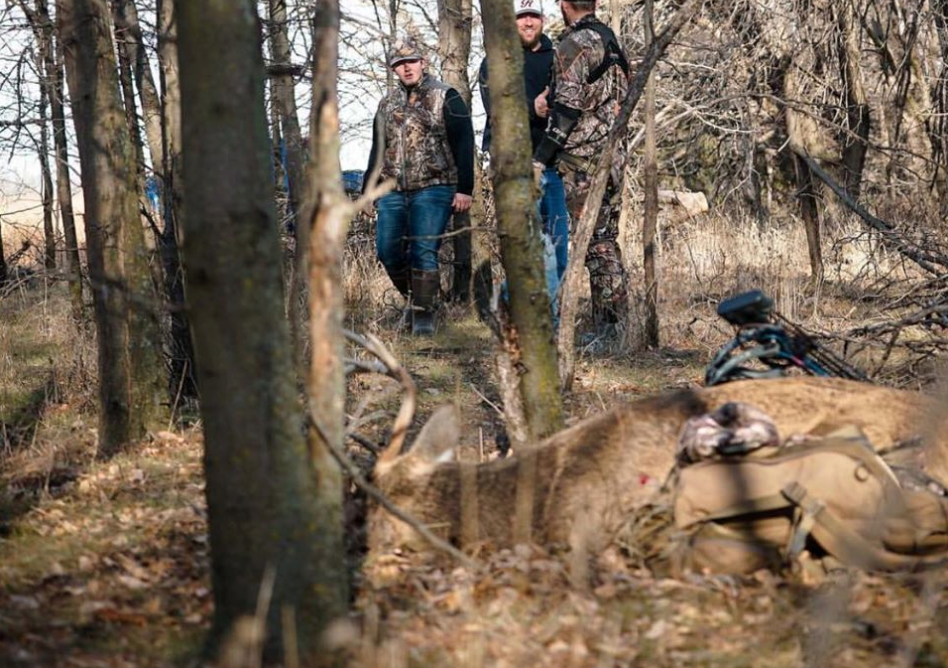
Therefore, although I’ve found success going hard after these deer, I’ve also found the need to be patient and smart. Just like any whitetail hunt, you are going to have to find time to prepare and scout, while being able to capitalize on any opportunity you can.
When planning, keep in mind that every whitetail hunt is different. Factors such as weather, wind, time of year, food sources, and property details can dictate how to run an aggressive hunt. However, there are a few core principles that can always improve the odds of success in the field. These include:
- Relying on your cameras
- Observing information before acting
- Being smart about access points
- Choosing the right times to be aggressive
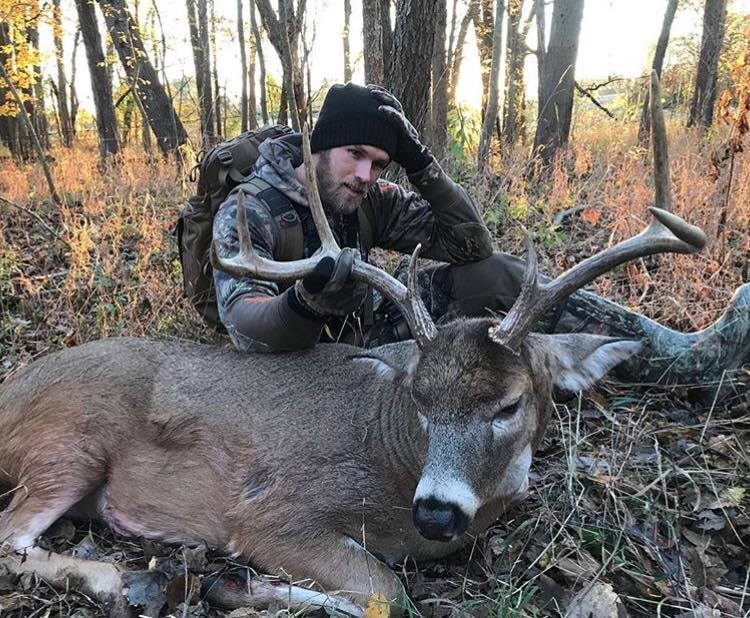
Utilize Cameras
When jumping from property to property, especially in different states, rely on your cameras to do the scouting for you. This is obvious to most hunters but it seems like the finer details to successful camera scouting can evade most hunters. When you reach a property, be sure to grab the cards, analyze your property’s history, and start determining what activity is happening where. This will be your best resource when analyzing deer quality, activity times, and locations. Writing detailed notes and mapping out these activities can reveal patterns to capitalize on.
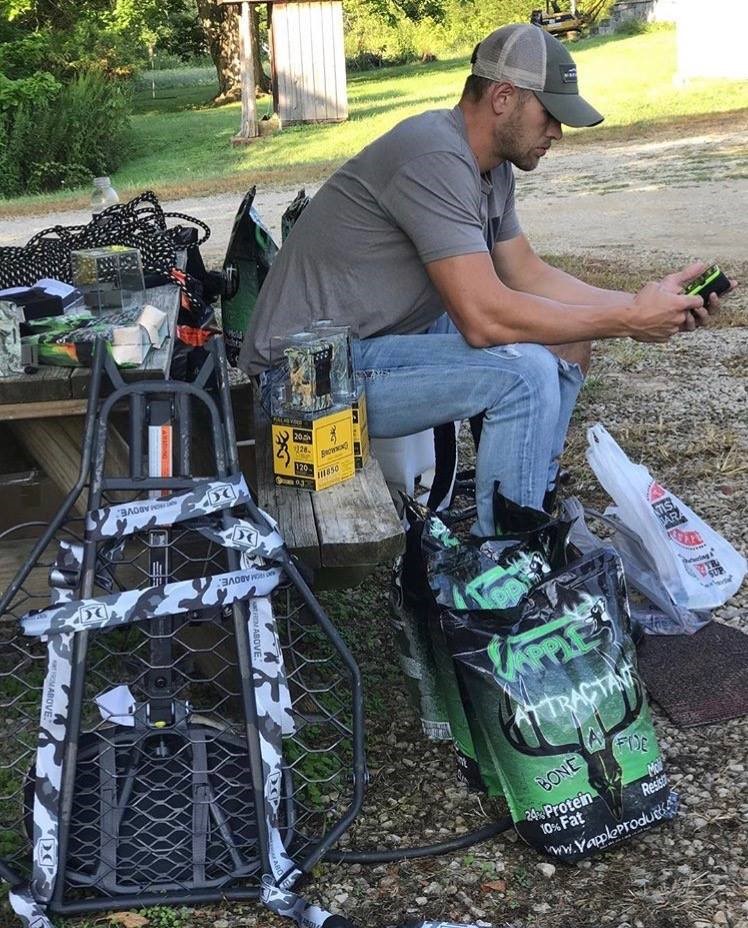
However, when doing this, it’s important to not be careless. Putting too much pressure on a core area once it’s identified can push your deer out of the area altogether. So how can you avoid this? By setting up your camera in easily accessible areas. Ideally, these are areas where you can pull your cards in the middle of the day. This helps you become as least intrusive as possible, but also lets you pick up on patterns in easy to hunt areas!
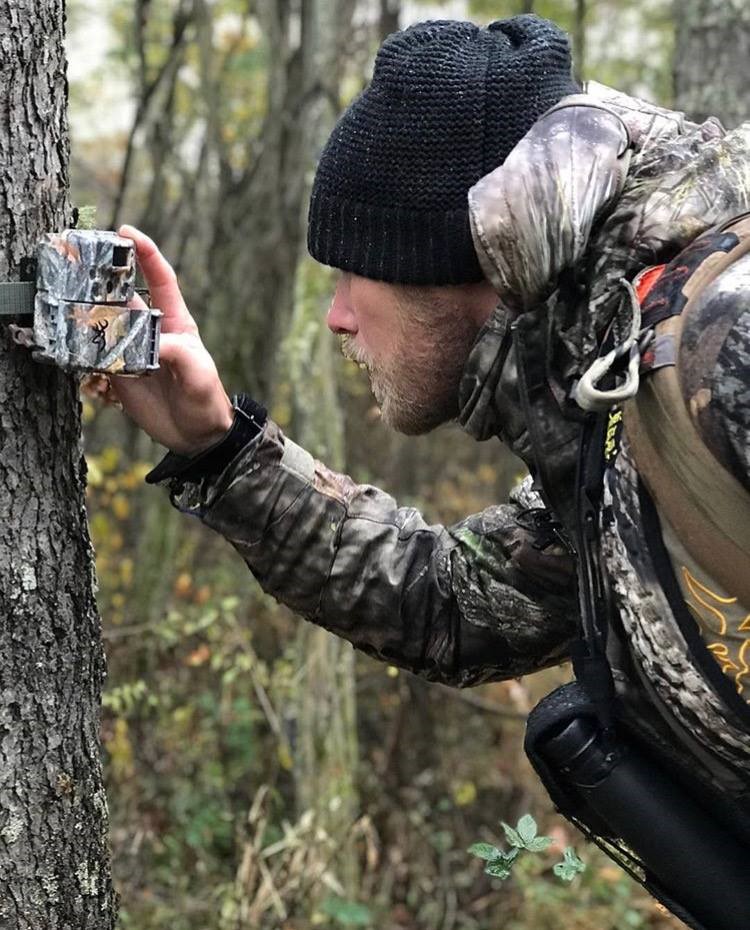
Therefore, a good place to start is on food. By setting your camera up over food, you’re able to get an inventory of how many deer are feeding, where they’re filtering into the field, and when they start to leave/enter. This also keeps excessive pressure away from core areas.
In addition, being able to access your cameras with a vehicle, rather than by foot, is also beneficial. Deer tend to relate humans to danger more than they do with vehicles. Therefore, being able to access your cameras by vehicle can present a large advantage or collecting cards by foot.
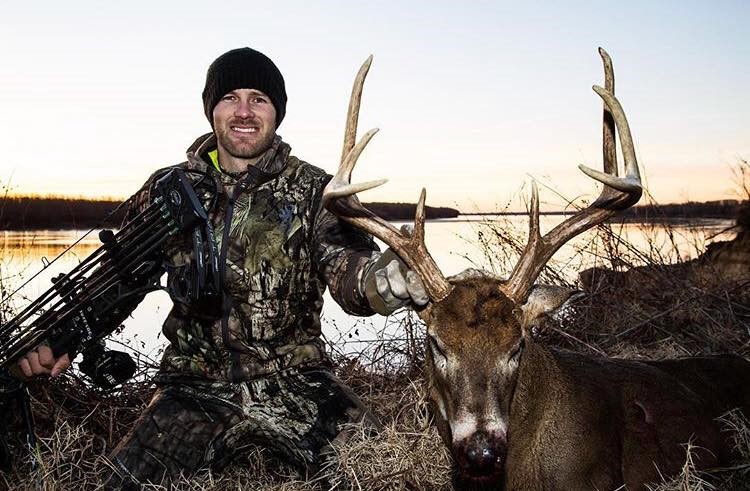
That’s why I often hunt the edges of a field and avoid bedding areas as much as possible. This helps keep the deer on the property rather than pushing them off immediately. Deer that get booted may not return to the same area for over a week or two (or even permanently). The goal is to keep the deer as comfortable and avoid letting him know you’re there.
If you do choose to set up a camera in a bedding area, be careful how often (if at all) you check it during the hunt. By limiting commotion in the bedding areas, you‘re increasing the odds of keeping your deer on the property.
Setup Observation Stands
If the cameras don’t show any promise, be sure to set up observation stands. My goal with hunting observation stands is in an effort to cover as much ground as possible. This means being able to see far. Don’t be afraid to put your time in scouting, despite how tough it may seem (especially with only seven days to execute).
Once you have a deer dialed in, make sure to put in the time you can and move when the weather and conditions are right (as right as they can be for a seven day period that is).
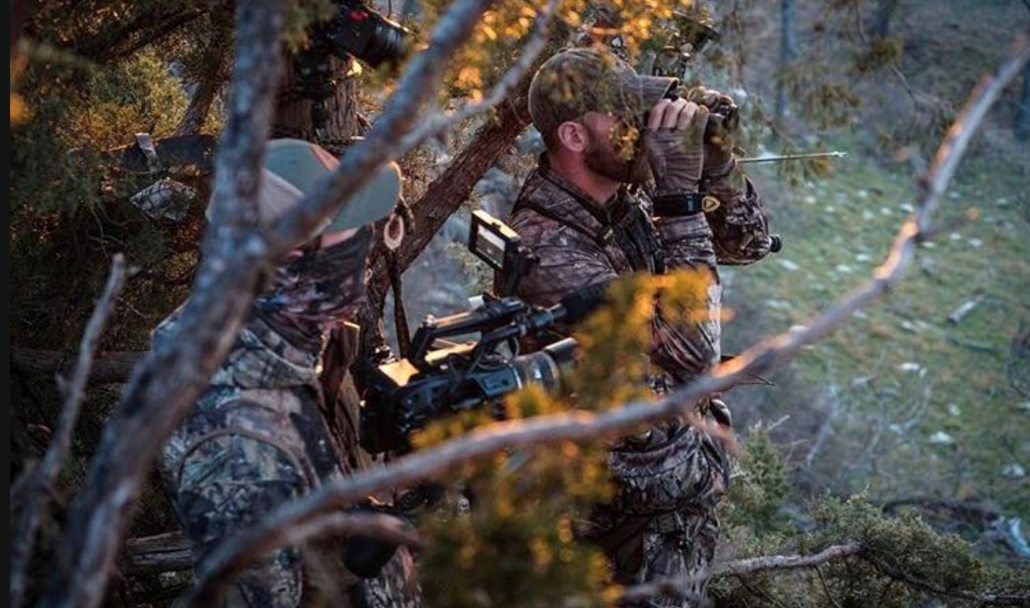
Watch Where You Access
You must also be careful of where you access your property. Keep in mind that bucks will pattern you just as much as you pattern them. Therefore, accessing the property without getting noticed is key to limiting pressure and having a successful hunt.
This also means using vehicles when possible (rather than walking) and avoiding critical areas as much as possible. There have been times when I’ve sat in a stand at night waiting for over an hour for a vehicle ride. This is to avoid pressuring the deer off the property when leaving.
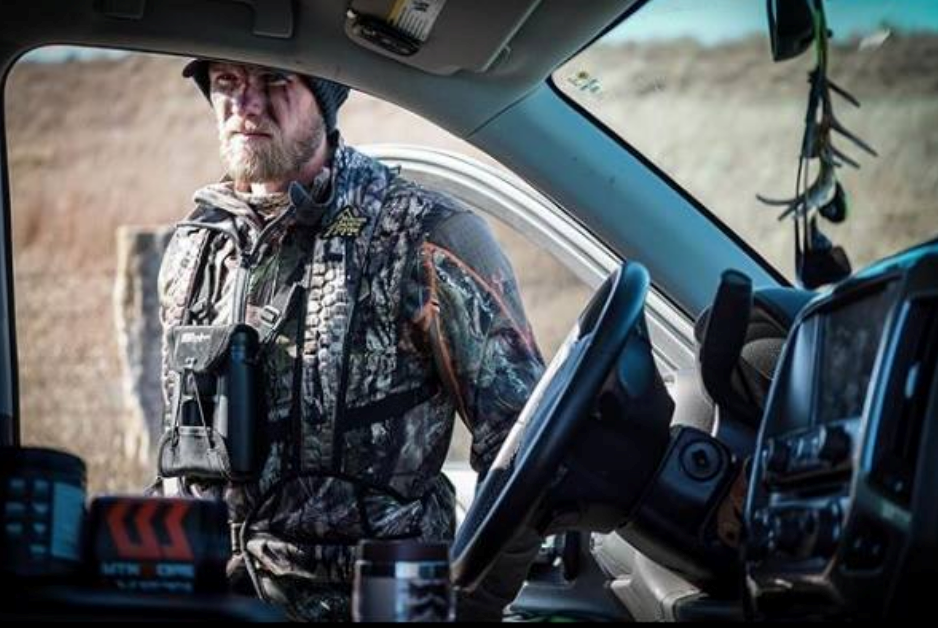
Choose the Right Times
It’s important to choose the right time to go in after a buck. Choosing the right time means being aware of the weather and the time of year. Throughout my hunts, I’ve found sunny, high-pressure days to be the most successful. One of the biggest weather variables to monitor is wind. Make sure to play the wind like you would any other hunt. Try to execute when it looks like it’s going to be as right as it can be.
In 7 days it’s hard to be picky, but if I can I will be smart about when I go in. If I know of a buck’s core area, I may only hunt the outskirts for the majority of the trip, going into the area on the best day only to improve my odds.
Putting it Together
Short whitetail trips require a different level of preparation and aggression than home-based hunting. While the principles and information are the same as
bow hunting tactics we follow throughout the season on a property at home, the level needs to be taken to the next level on a hunting trip. There is no break to let the property, the deer, or a tree stand rest. Each move has to be calculated and optimized for the highest likelihood of success.
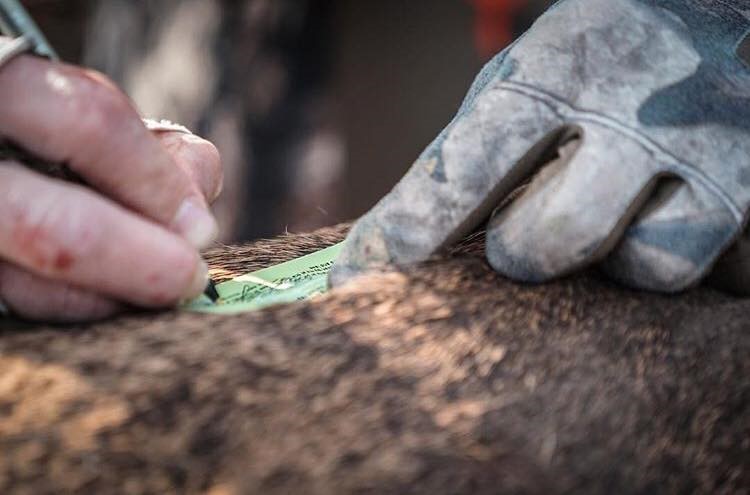
Keeping it simple by avoiding over-pressuring deer, choosing non-intrusive access points, relying on your cameras for scouting, and making the move when it’s smart to do so. It’s also good to have stands in place early in the year. Cameras should be out year around and you should be keeping a history of the activity and patterns on the property if possible. This might mean trips in the off-season, or a local contact doing some of the work for you.
Aggressive whitetail tactics are often needed for bow hunting, but especially required for out of state trips. Speeding up the normal process of season long scouting, planning, and executing in just a few short days is an aggressive tactic in itself. The added tactic of moving into a core area quickly can be considered overly intrusive, but might be the only way to harvest a buck in 7 days!
